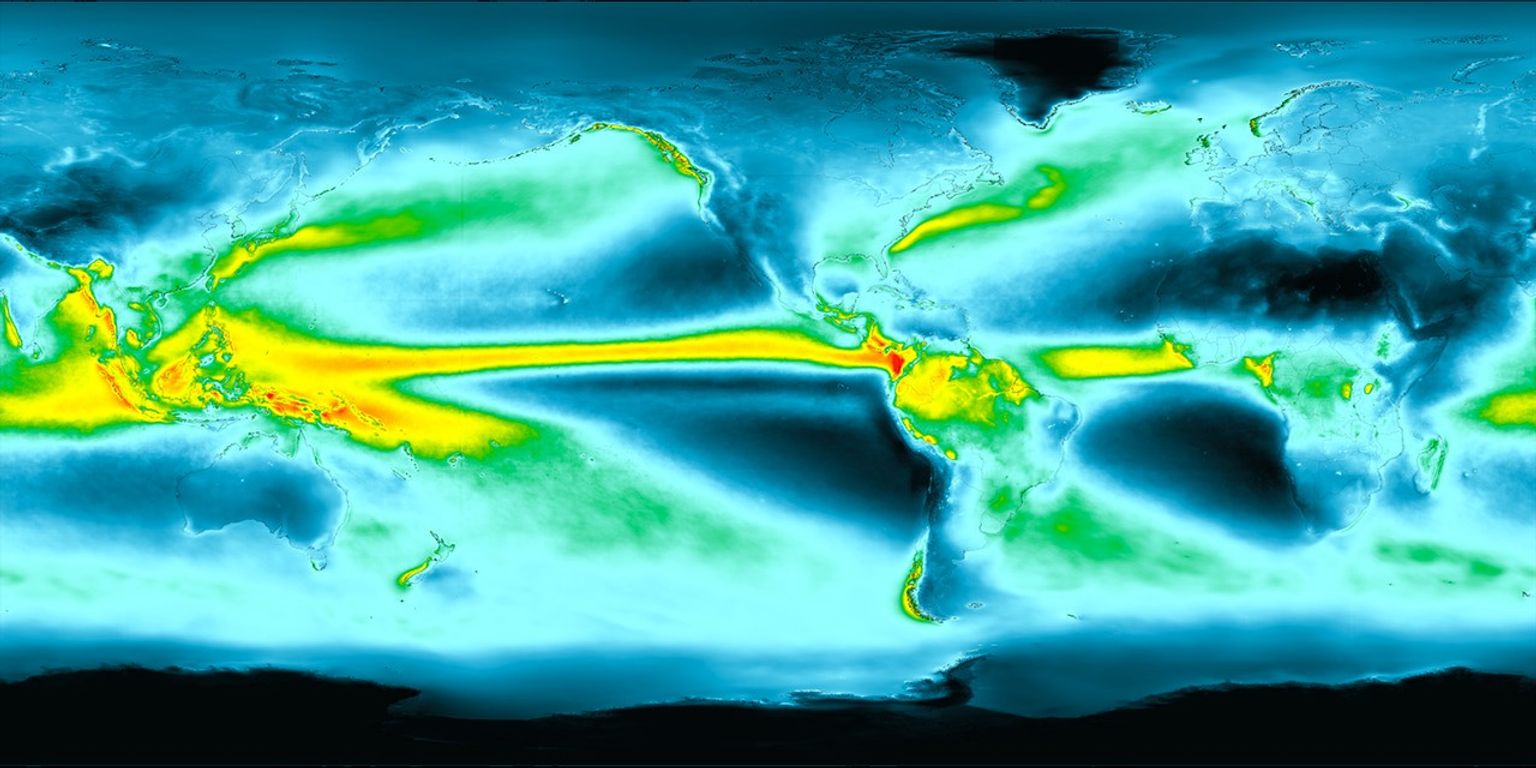
Improving Wildfire Tracking with Satellite Detection
Wildfires are a growing threat to the global population. As temperatures rise, rainfall patterns shift, and the landscape is modified, fires are becoming more difficult

Wildfires are a growing threat to the global population. As temperatures rise, rainfall patterns shift, and the landscape is modified, fires are becoming more difficult

The Department of Atmospheric and Oceanic Science (AOSC) has announced the appointment of Lars Peter Riishojgaard as a Full Professor. Riishojgaard has been the Director

Zhanqing Li has been awarded the AGU John Tyndall History of Global Environmental Change Lectureship for his exceptional contributions to advancing atmospheric, environmental, and global

Distinguished University Professor Zhanqing Li is to receive the Verner E. Suomi Technology Medal, one of the most prestigious awards bestowed by the American Meteorological

Every gardener knows that the moisture of their soil is key to a rich harvest. But for Earth system scientists, soil moisture can be even

He joins 469 other scientists, engineers and innovators who received the distinguished lifetime honor within the scientific community this year. Xin-Zhong Liang was recently named

This story was written by Emily Nunez and originally published on the CMNS website. New research led by Geology’s Sujay Kaushal reveals that multiple overlapping

Earth’s rainy days are changing and plant life is responding. This visualization shows average precipitation for the entire globe based on more than 20 years

Lars Peter Riishojgaard will join the University of Maryland on January 1, 2025, as director of the Earth System Science Interdisciplinary Center (ESSIC) following an international search.

This article was written by Justine Bowe from The Earth Commons Institute at Georgetown University and modified with permission. New study investigates the 17-year discrepancy